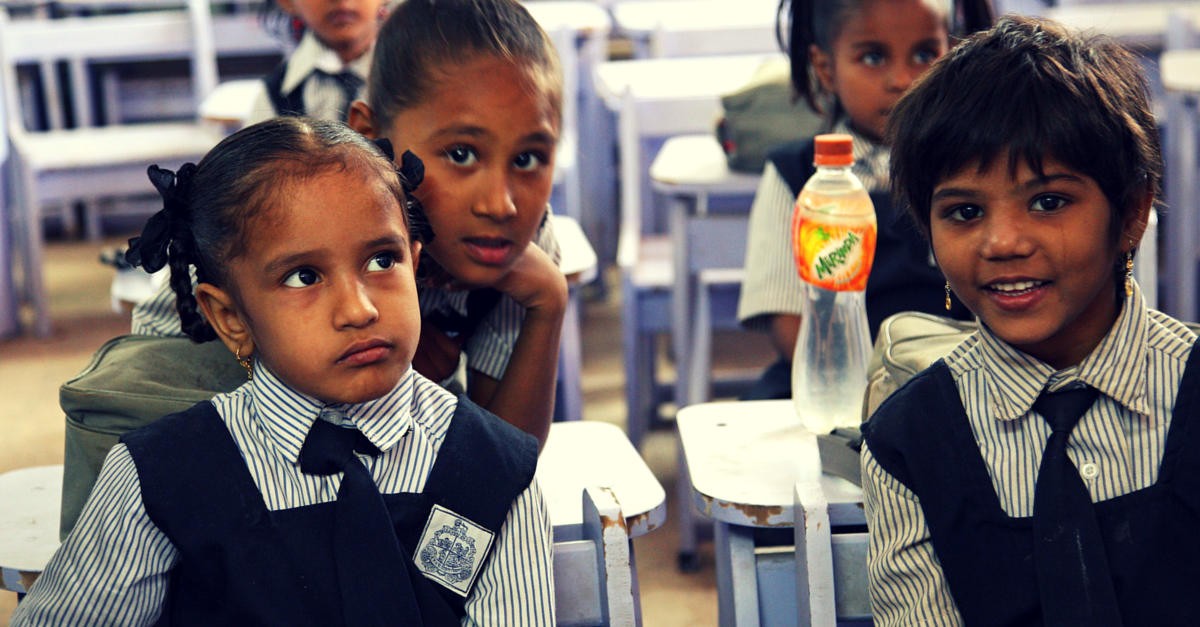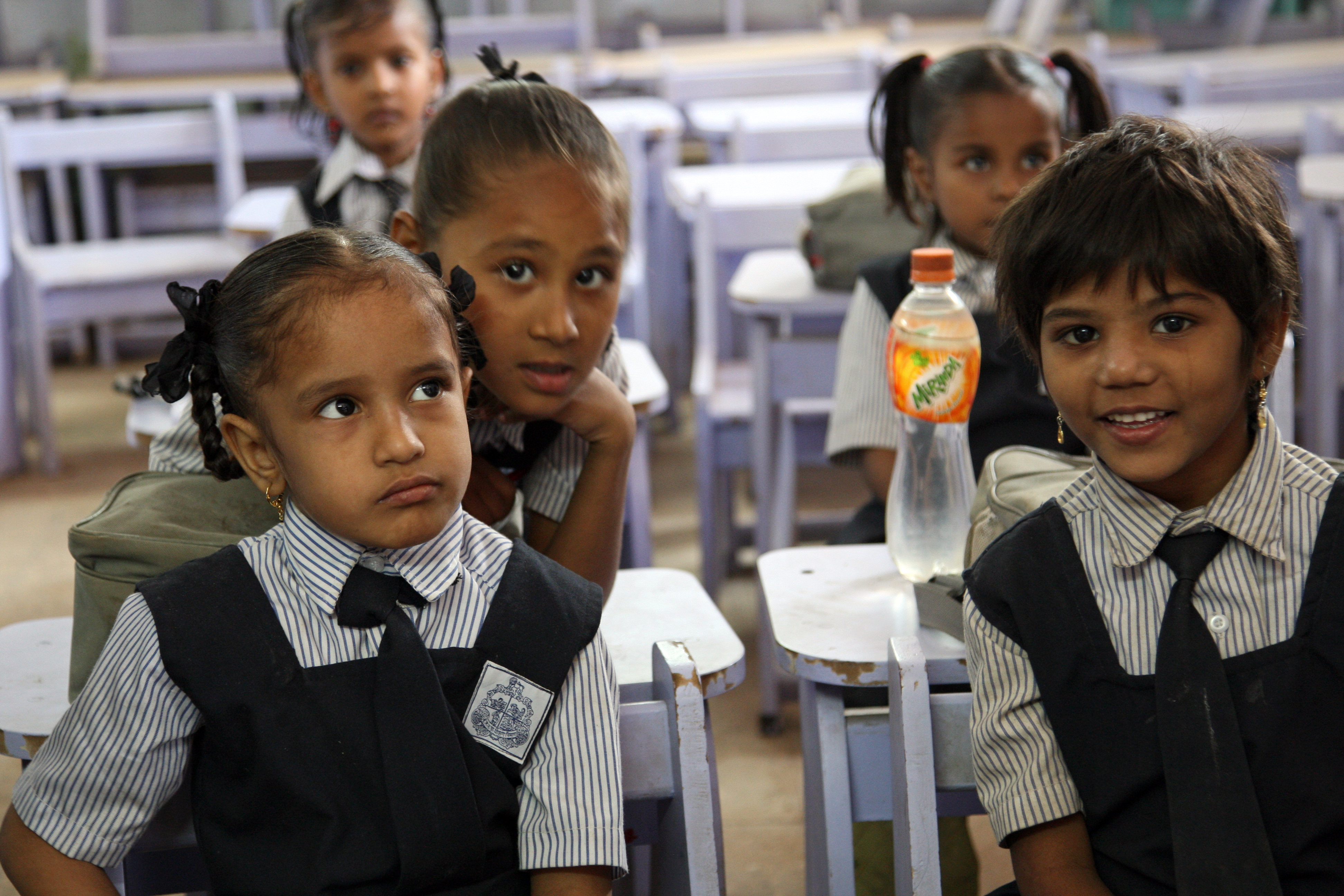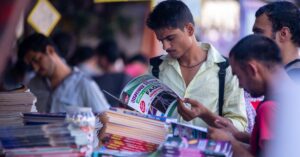Tribal Language Books Will Help Kids Stay in School in Odisha
As a solution to the number of tribal students dropping out from primary schools in Odisha, a set of seven story books in tribal languages has been introduced in some schools of the Koraput district. Here is more.

As a solution to the number of tribal students dropping out from primary schools in Odisha, a set of seven story books in tribal languages has been introduced in some schools of the Koraput district. Here is more.
Odisha has a high population of tribal people. As per the 2011 census, 22.8% of the 4.2 crore population in Odisha belongs to the scheduled tribes. However, when it comes to the education of the tribal people, the dropout rates among school students is a major concern there, and one of the crucial reasons for this is the medium of teaching.
Many tribal students have a lot of difficulties in understanding the Odia language. Among the 63 tribal groups in the state, there are 34 dialects. But since most of the school books are in Odia, following the school curriculum becomes challenging for the students and many of them are left with no other option but to dropout. The literacy rate among the tribals in Southern parts of the state is the lowest in the country.
As a measure to change this scenario, some children in Pottangi block of the Koraput district will now get a chance to read books in their own languages too.
Source: Flickr
A set of seven story books in tribal languages have been introduced in some primary schools here, with the view of checking the dropout rates. The books are in Kuvi, Gadaba and Paraja languages.
For teachers to converse easily with the students, the books have pictorial representations and Odia translation as well. A voluntary organisation, South Orissa Voluntary Action (SOVA) has prepared the books in association with NEG-Fire, a Delhi-based organisation. According to Sanjit Patnaik, secretary of SOVA, word books in tribal languages with Odia translation were also introduced earlier, in 34 primary schools in this block.
“We have introduced multi-lingual method of teaching in at least three residential schools for SC and ST students. We plan to introduce it in other schools, which have around 70 to 90 per cent monolingual tribal students,” said District Welfare Officer (Koraput) Trinath Rao.
These steps are expected to not only check the dropout rates but also encourage multilingual teaching methods in tribal schools across the country.
Like this story? Or have something to share? Write to us: [email protected], or connect with us on Facebook and Twitter (@thebetterindia).
This story made me
- 97
- 121
- 89
- 167
Tell Us More
We bring stories straight from the heart of India, to inspire millions and create a wave of impact. Our positive movement is growing bigger everyday, and we would love for you to join it.
Please contribute whatever you can, every little penny helps our team in bringing you more stories that support dreams and spread hope.



















